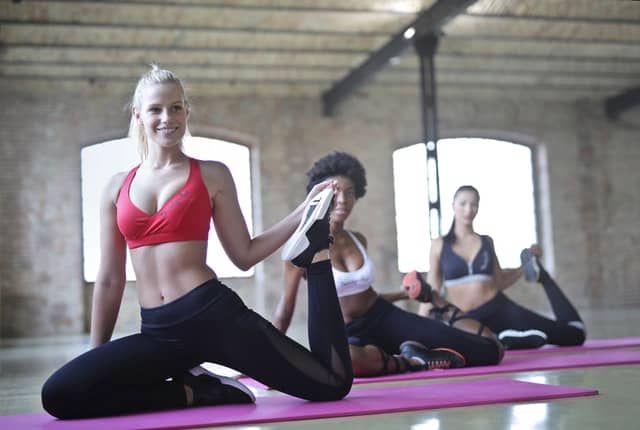
Swimming is perhaps one of the best ways to not only get in shape but is also a great way to help people recuperate after a severe injury. Water therapy has become one of the best forms of physical therapy for people who have been in an accident and are in need of rehabilitation.
Swimming is great for balancing out your mood, to help you shed more weight in helping to increase your creativity. So if you are keen on learning more about the benefits of swimming then get ready to “dive in” into this article as we will explore the many benefits of swimming.
Grab your swimwear and your trunks because this article will get you ready to go for a swim.
The Many Benefits Of Swimming
# 1 Balances Your Mood Out
Swimming is a great way to help balance out your mood. Swimming helps to release the happy, feel-good chemicals. This is because swimming requires you to exercise and to exercise has long been connected with boosting one’s overall mood. So if you need a quick pick me up, then swimming is a great way to turn that frown upside down.
# 2 – Lose Weight
It is no secret that many people in the west are obese. It isn’t even a secret. But swimming is a great way for you to start burning the extra fat.
Why? Because again swimming as fun as it is is also an exercise and by forcing your body to move through a medium that works against you are using your muscles more and toning your muscles.
Fat can quickly be burned by adding more muscles to your body; because muscles BURN FAT. So why not jump into a pool instead of going jogging because it will prove to be invaluable for the entirety of your body.

# 3 – Cardiovascular
Swimming will help to boost your cardiovascular health. Meaning your body will be able to pump blood much more efficiently and you have much more stamina.
# 4 – Boost Your Cognition
Much like exercise improves your mood it also is excellent for increasing your cognition. The many benefits of exercising can have a list all unto itself. But exerting is incredibly beneficial for your body as well as your mind.
So next time you want to get a bit more creative then go for a swim because it will help to greatly bolster your thinking and productivity.



